Lift Station Pump Choices: Non Clog Impeller Pump vs. Grinder Impeller Pump
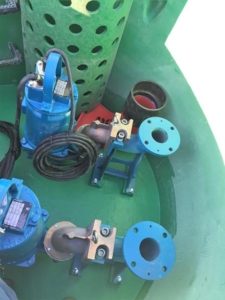 See you at the Lift Station.
See you at the Lift Station.
Non Clog Impeller Pump vs. Grinder Impeller Pump.
Design with the Impeller in Mind.
You, the public works official, manager or director should not assume that the design engineer has specified the right impeller pump type for your effluent pump station. This article addresses lift station pump choices for municipal or private submersible wastewater lift stations and why that choice is so important. We will discus the choice of non clog impeller pump vs. grinder impeller pump.
Wastewater usually refers to that liquid containing household wipes and sanitary products, which comes from singe resident and multi unit living complexes. But we also design lift stations for more challenging and unusual applications. We will discuss examples and see what’s in their waste water. I understand this is not the most pleasing of conversational topics, but those of us in the wastewater lift station industry need to know what we’re pumping! This is imperative in choosing the correct pump type, model, starting torque and horsepower of the pump motor.
Nothing can be assumed
In my 42 years of building wastewater lift stations I have learned that there is nothing common or standardized in this industry. There are no fast rules and nothing can be assumed about designing household wastewater or municipal wastewater lift stations. This adds challenges to the reliable moving of wastewater. Two wastewater pumps with the same specs but form different manufacturers are often not at all the same. Likewise, the wastewater itself varies significantly in its ratio of solid to liquid materials. In this business you need a good working knowledge of what pumps to choose for each job, you need to know what’s in the liquid you’re moving.
Unusual & Challenging Lift Station Applications
We specialize in building lift stations for the most difficult applications so we have to carefully consider what’s in the waste.
A good example of this is the marine wastewater lift station. Everything from driftwood to a deck shoes end up in the holding tank. It’s always wise to gather information as to what we may have to move! We design our Marine 105 EZZ Klean™️ pump station to operate without clogging despite the non-typical makeup of the waste. From the bilge of boats and ships the sewage wastewater often contains a deck shoe, a wooden pipe, a long sleeve rubber Glove, a chunk of apitong from a ships deck, lots of nylon rope, and the list goes on! Taylor Pump Stations Marine 105 models are an industry leader and can handle even such unpredictable wastewater elements. Taking on the toughest pumping conditions is how you learn and determine what works and what doesn’t.
Theme Parks, Baseball Stadiums, Schools, and University’s are other examples of facilities that produce wastewater with much and unusual solid material including plastics, janitorial wipes and Rags. Our Micro Packaged Lift Stations, such as the Marine -105™️ EZZ -Klean Lift Station with grinder pumps can handle this type of wastewater.
We discuss other challenging lift station situations here and here.
Non Clog Impeller Pump vs. Grinder Impeller Pump
The key component to successful wastewater pumping is the type of pump. Two of the most common type of wastewater pumps are a non-clog impeller pump design or a grinder impeller designed pump. Detailed lifecycle cost analysis of a lift station includes many factors and compares of many options. The choice of non clog impeller pump vs. grinder impeller pump has significant impact in the lifecycle coast. It is one of the most important decisions a lift station designer makes.
In short, grinder pumps are best suited for lower volume effluent pumping. Most 1-5 Horsepower grinders move in the range of 20-to 120 GPM at varying head conditions. Grinder pump manufacturers are continually increasing the horsepower of pumps. Now, many manufacturers have electric motor HP ratings at 15 Horsepower or greater!
Let’s talk Torque. Higher starting torque is usually found in pumps with high horsepower motors. A one horsepower grinder submersible may have an aggressive “cutter/grinder” type impeller but may lack strong starting torque. Low Horsepower grinders generally do have low starting torque. Low starting torque leads to binding of the impeller, which is a fairly common occurrence. The overload protection feature only protects the motors complete demise but some degrading of the motor occurs every time in a locked impeller condition.
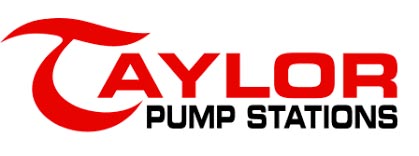
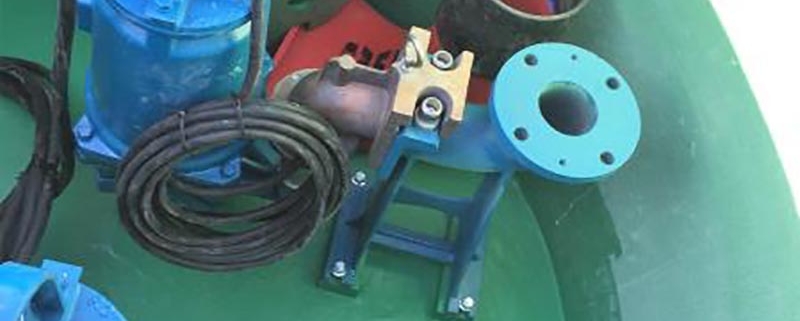
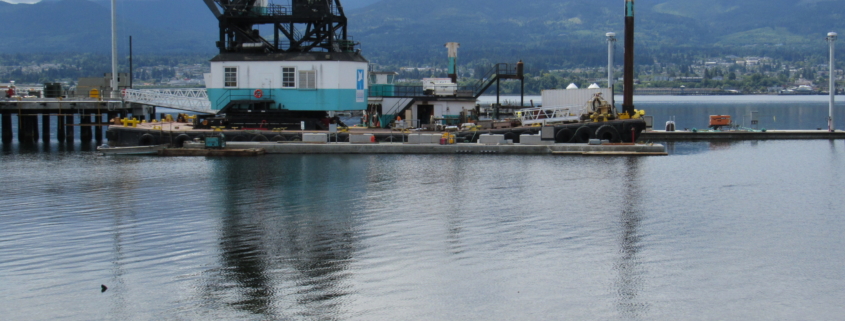
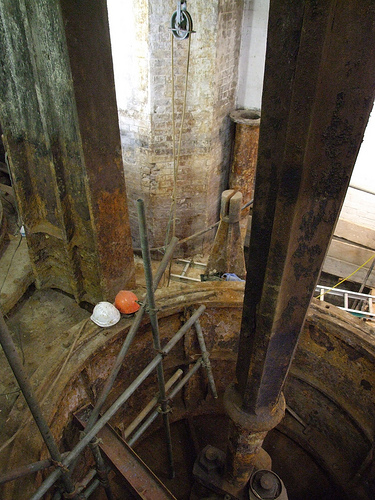
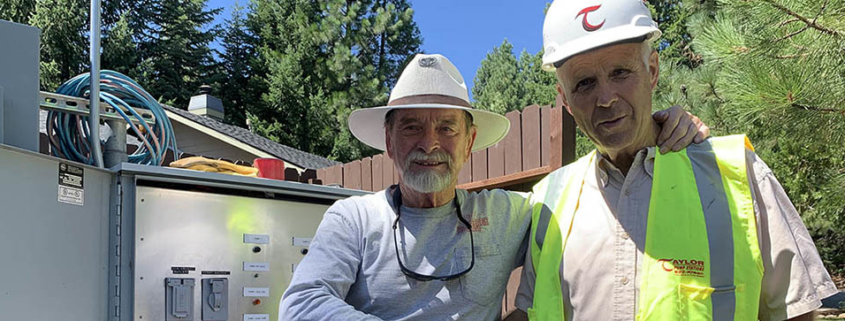
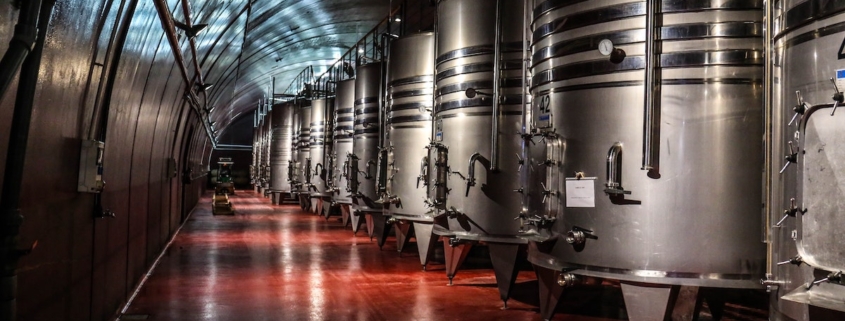
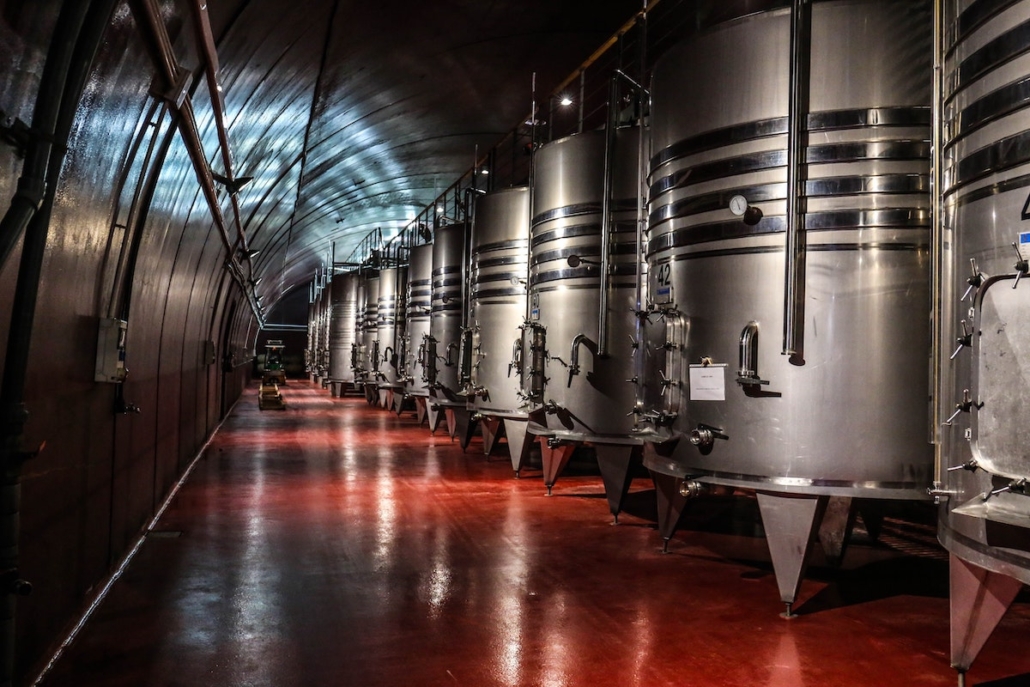
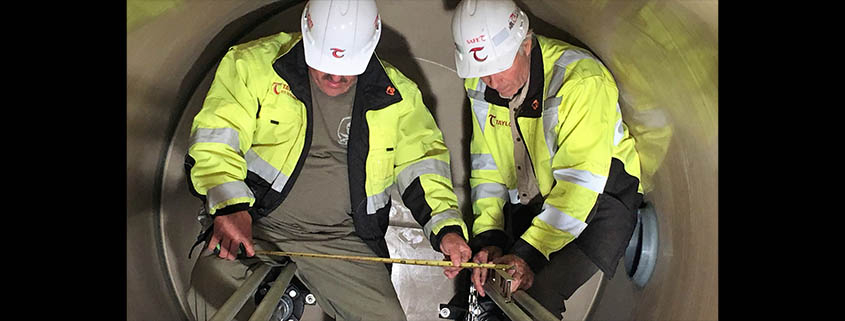
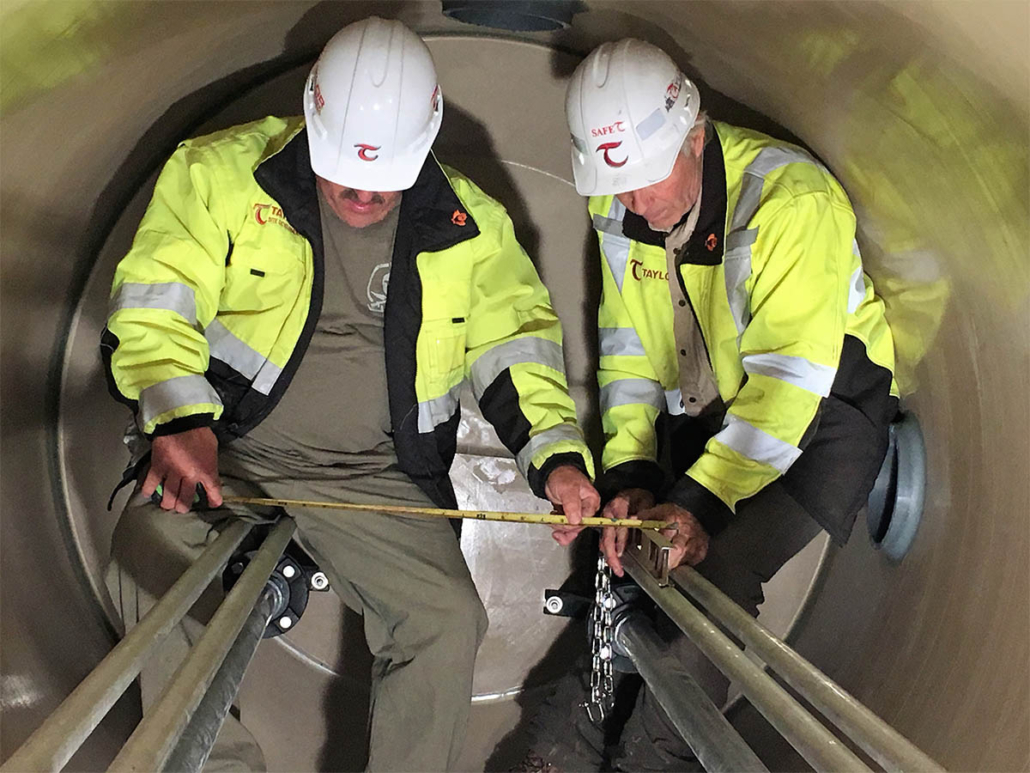
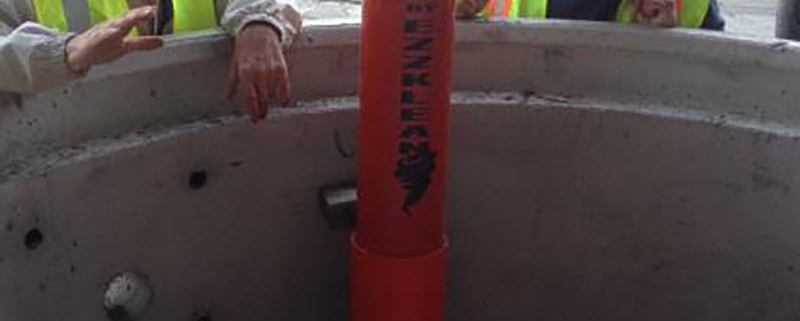
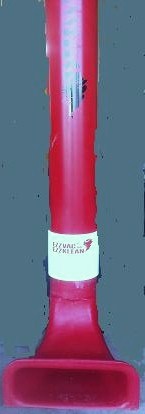 How important is it to keep your waste water lift station clean and well-maintained? Let’s just say that a lot is riding on its smooth and continuous operation! It is proper lift station cleaning and maintenance makes this all possible! A malfunction not only causes hassle and inconvenience for many, many people but could also lead to an environmental disaster.
How important is it to keep your waste water lift station clean and well-maintained? Let’s just say that a lot is riding on its smooth and continuous operation! It is proper lift station cleaning and maintenance makes this all possible! A malfunction not only causes hassle and inconvenience for many, many people but could also lead to an environmental disaster.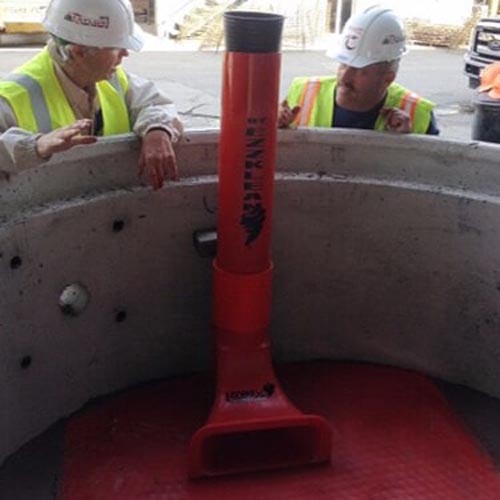 The EZZ-Klean™ System by Taylor Pump Stations now offers a safer and more economical system for cleaning sewage and wastewater lift station wet wells. Maintenance personnel can now empty and clean without entering the confined space of the wet well.
The EZZ-Klean™ System by Taylor Pump Stations now offers a safer and more economical system for cleaning sewage and wastewater lift station wet wells. Maintenance personnel can now empty and clean without entering the confined space of the wet well.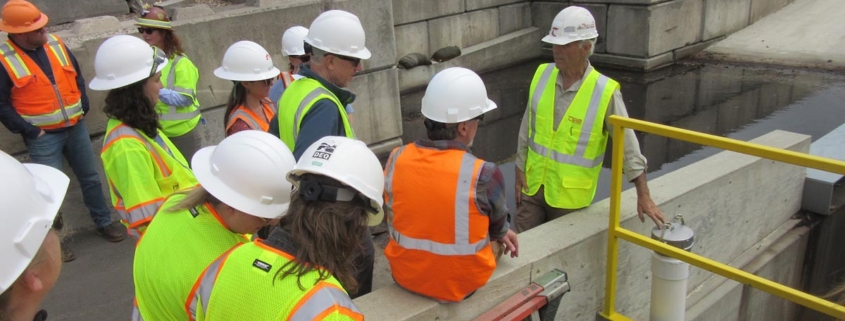
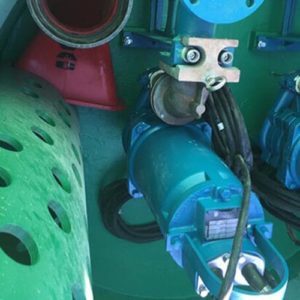 The new generation N-Pumps are engineered to give you efficient reliable and trouble-free pumping over long periods of heavy use. This new series of pumps has a dramatic positive effect on the total life costs of your installation.
The new generation N-Pumps are engineered to give you efficient reliable and trouble-free pumping over long periods of heavy use. This new series of pumps has a dramatic positive effect on the total life costs of your installation.